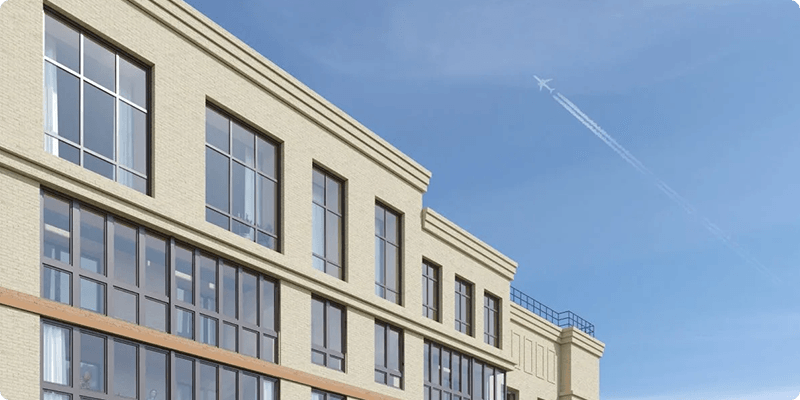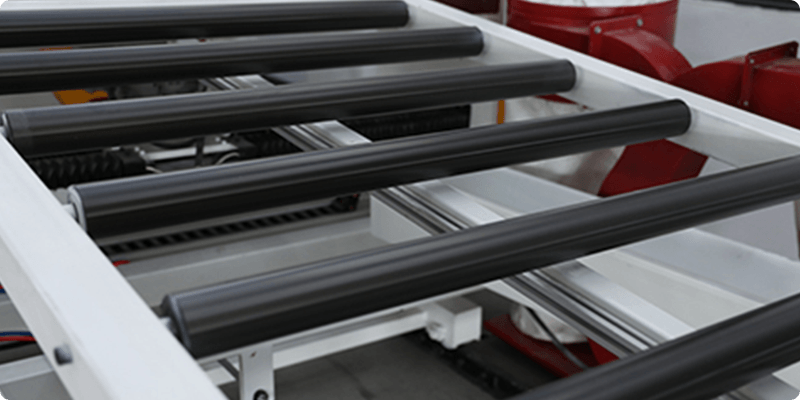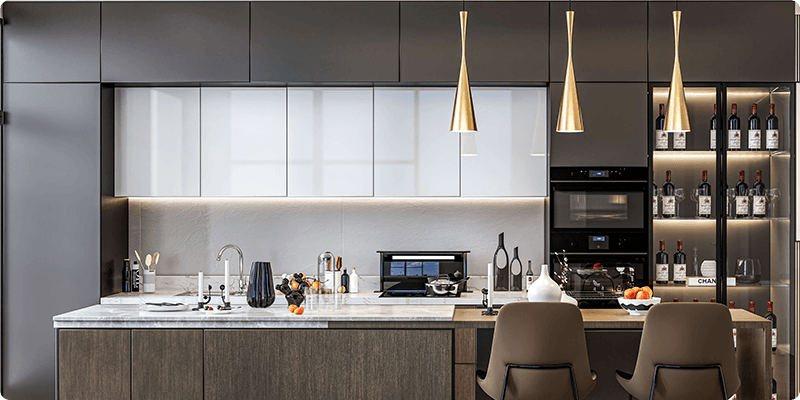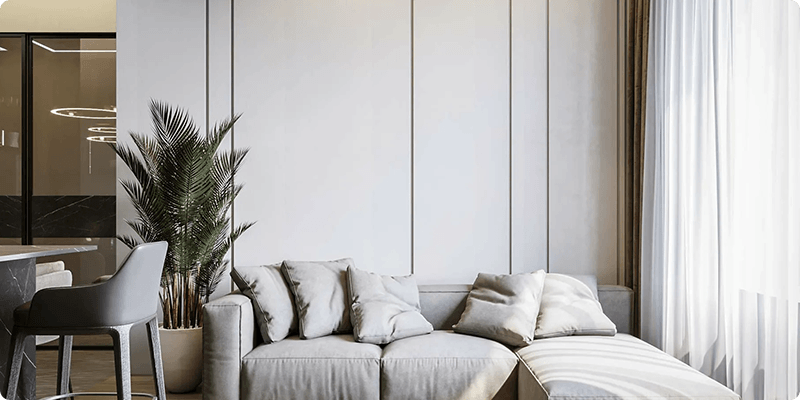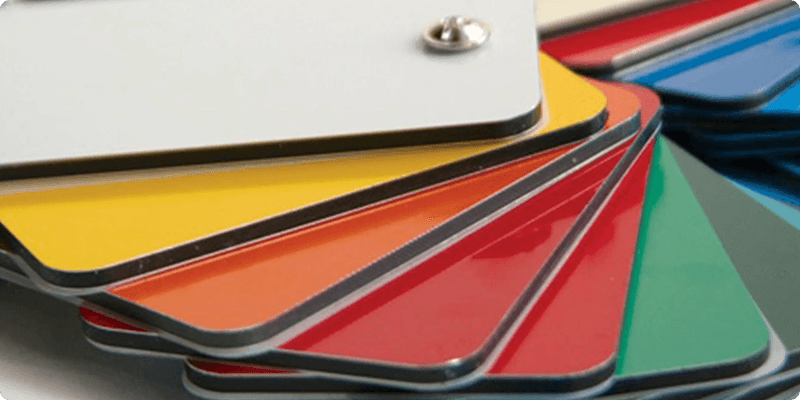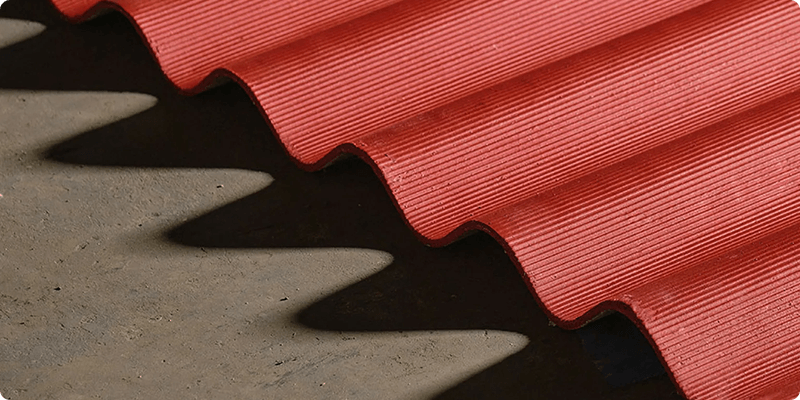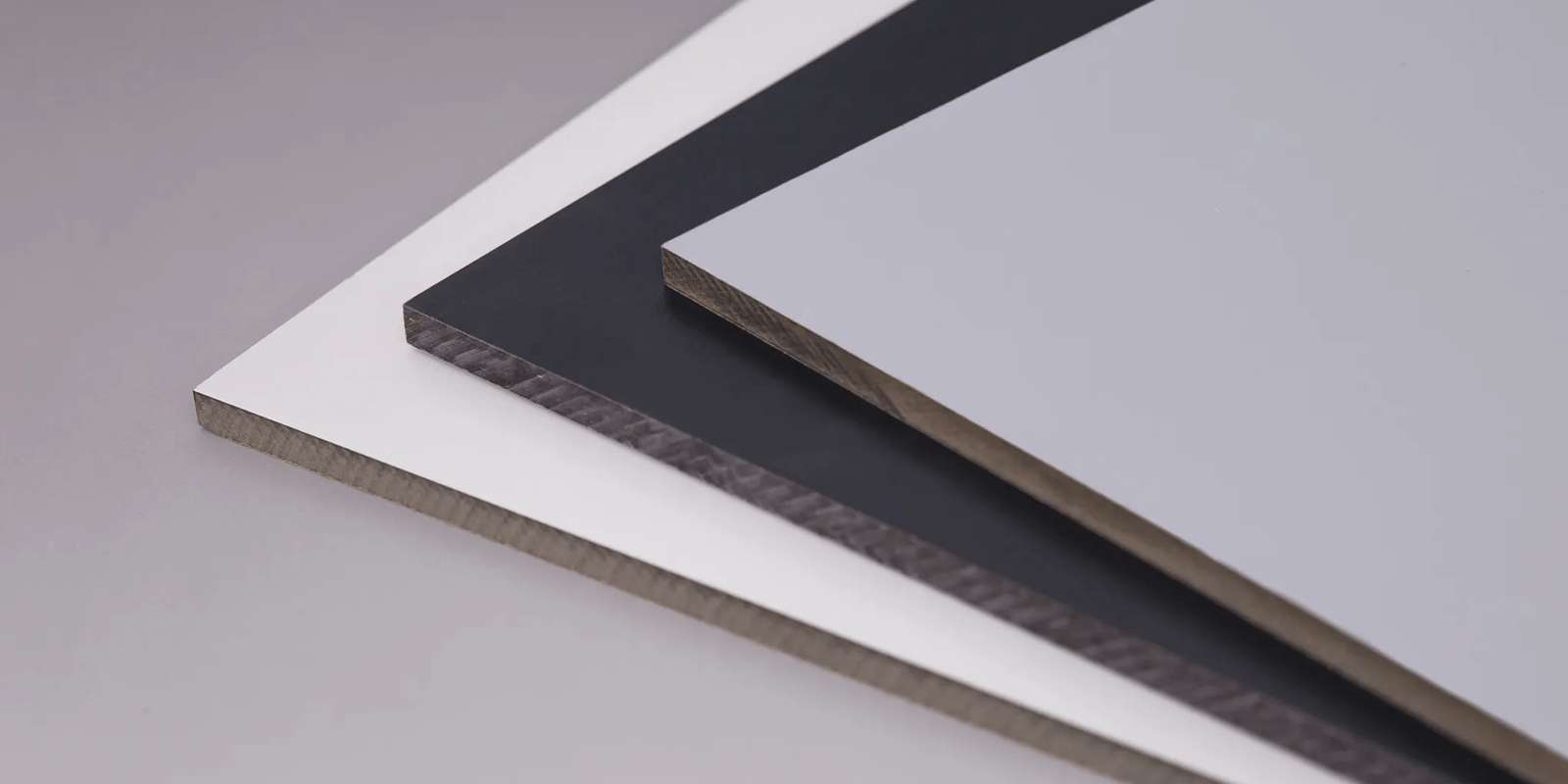The latest News, the fastest to know
News Details

The advantages of using Anai translucent panels for greenhouse lighting.
Release time:
2019-11-21
Anai light-transmitting panels replace glass for greenhouse lighting, making them a more ideal new material. Their advantages are as follows: (1) The optical performance of Anai light-transmitting panels is superior to that of glass. a. The material of Anai light-transmitting panels transmits the solar spectrum beneficial for crop growth. This is because Anai light-transmitting panels have a stronger ability to transmit red and orange light than glass. According to plant light cultivation experiments, red and orange light is the main light source for photosynthesis in plants, thus promoting crop yield. b. When light passes through Anai light-transmitting panels, it scatters, making the lighting in the greenhouse more uniform compared to using glass. Scattered light can also reduce leaf and stem shading between crops, increasing the light-receiving area (photosynthesis area) for each crop, accelerating plant growth. c. The light transmittance of Anai light-transmitting panels can automatically adjust with changes in environmental temperature, allowing for a more uniform intensity of sunlight in the greenhouse compared to glass greenhouses. Therefore, crops grown in greenhouses using Anai light-transmitting panels can maintain vigorous growth throughout the day. In contrast, crops grown in glass greenhouses often experience wilting and stop normal growth during high temperatures at noon. Practical evidence shows that cucumbers grown in glass greenhouses have a shorter harvest period and yield over 50% lower than those grown in light-transmitting panel greenhouses. d. The light transmittance of Anai light-transmitting panels reaches 90%, meeting the lighting requirements of greenhouses. Under the same conditions in winter, the indoor and ground temperatures in light-transmitting panel greenhouses are 2-3°C higher than in glass greenhouses, but during high temperatures at noon, the temperature in light-transmitting panel greenhouses is 2-3°C lower than in glass greenhouses. Such environmental temperatures are beneficial for crop growth. (2) Anai light-transmitting panels have high impact resistance and can withstand wind and hail disasters. The characteristics of Anai light-transmitting panels being resistant to wind, hail, and impact, and not easily broken, are very beneficial for greenhouse construction. According to surveys, there are tens of thousands of glass greenhouses in the Beijing area, generally covered with 3mm glass. To prevent wind and hail, they are installed in winter and removed in summer, with each installation and removal damaging over 20% of the glass. In the Wuhan area, plastic greenhouses are damaged by strong winds 80%-90% in winter. The Hu'nan Huaitang hot spring greenhouse, covered with 5mm glass, suffered 30% damage during construction and transportation. The Hubei Yingshan hot spring greenhouse, also using 5mm glass, experienced 40% glass breakage during a strong wind in the winter of 1973, resulting in significant losses to well-cultivated varieties. If Anai light-transmitting panel materials replace glass, it can reduce the aforementioned losses and ensure safe use. (3) Anai FRP light-transmitting panels can withstand extreme temperature changes. Practical evidence shows that ordinary tempered glass and regular glass have self-explosion phenomena during use, with a self-explosion rate generally over 5%. Anai light-transmitting panels do not have this phenomenon. Experiments have shown that when Anai light-transmitting panels are heated to 90°C and then doused with cold water (at 30°C), after 28 cycles of such rapid cooling and heating tests, no delamination or cracking was found, indicating that Anai light-transmitting panels can withstand sudden temperature changes safely. (4) Anai light-transmitting panels have good mechanical properties. The specific strength of Anai light-transmitting panels is higher than that of steel, combining the characteristics of structural materials and light-transmitting materials. Using Anai light-transmitting panels to build greenhouses can improve the illumination inside the greenhouse and reduce the overall weight of the greenhouse. (5) Anai light-transmitting panel products are easy to shape, which is very beneficial for improving greenhouse design. a. Utilizing the easy shaping characteristics of Anai light-transmitting panels can improve the design of light-transmitting panel products, increasing the slope of the light-receiving surface and enhancing the intensity of solar radiation inside the winter greenhouse. The slope of the light-receiving surface is greatly related to the utilization rate of solar energy; the greater the slope, the more solar energy is transmitted, with the angle of solar incidence and the perpendicularity of the light-receiving surface being prioritized. Increasing the slope of the greenhouse light-receiving surface is essential for improving solar energy utilization. By replacing glass with Anai light-transmitting panels, their easy shaping characteristics can be utilized to adjust the slope of the light-receiving surface of the light-transmitting panel products without increasing the roof slope, thereby enhancing the solar radiation intensity in winter greenhouses. b. Improving the sealing conditions of the greenhouse to reduce heat loss. Fully utilizing the high strength and low density characteristics of light-transmitting panels, the size of the light-transmitting products can be maximized to reduce the number of connection gaps, improve the sealing method of the joints, and minimize heat loss. c. Reducing shading. In reinforced concrete structure glass greenhouses, structural shading occupies about 50% of the indoor cultivated area in winter. For crops, seedlings grow poorly in shaded areas. In Anai light-transmitting tile greenhouses, due to the load-bearing and light-transmitting characteristics of Anai light-transmitting panels, the volume occupied by the load-bearing structure is very small, and the scattering of light during light transmission further reduces shading, resulting in no shadow areas in Anai light-transmitting panel greenhouses.
Related News


